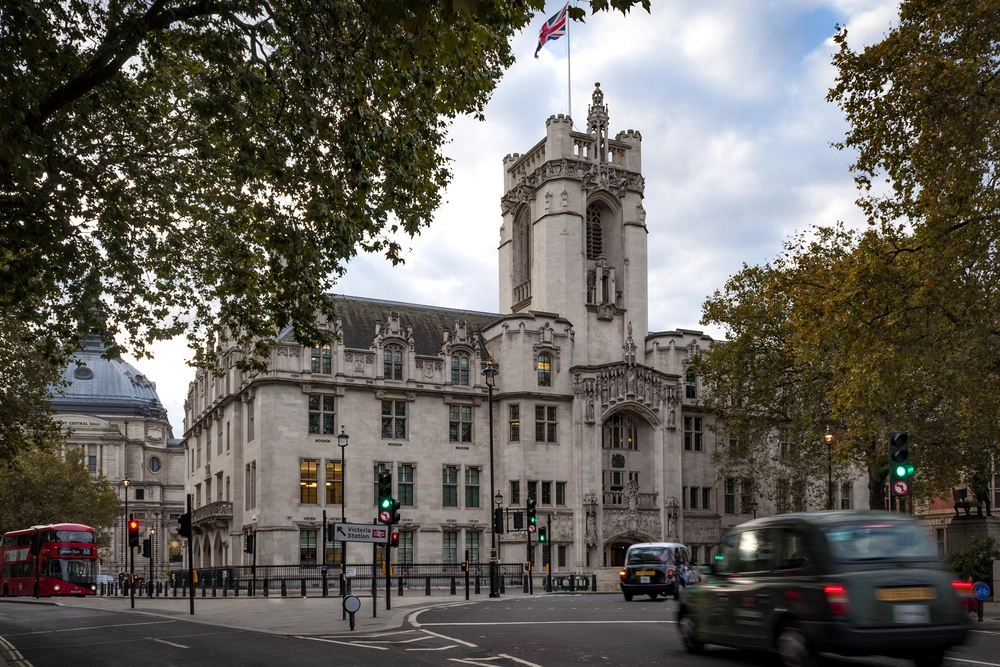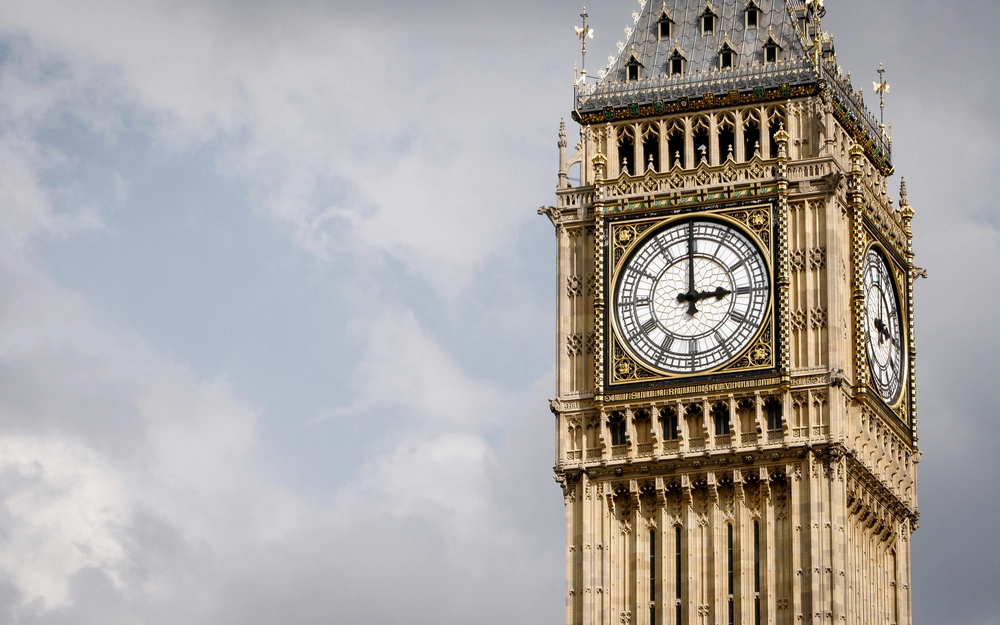
An increase in the number of caveats placed highlights a rise in inheritance disputes


Last year, more than 10,000 applications to enter a caveat against probate were made, up 14% on 2022 and 43% more than the year before the COVID-19 pandemic according to Ministry of Justice figures. This statistic is indicative of a rising growth in inheritance disputes.
What is a caveat?
A caveat can be entered when there is a challenge to someone else's probate application (whether or not there is a will). The fee is £3 and a caveat can be entered in circumstances where there is a dispute about:
- Who can apply for probate;
- Whether a will exists;
- Whether the will is legal.
Please read the government's information on stopping probate applications here.
It is not appropriate to enter a caveat stopping an issue of a Grant of Probate where there is a claim pursuant to the Inheritance (Provision for Family and Dependents) Act 1975. This is because such a dispute relates to whether the will makes reasonable financial provision for the applicant, not whether the will or intestacy should be proved.
A caveat is valid for six months, after which it can be extended. The purpose of this time is to give the person who lodged it (the 'caveator') time to investigate their claim and issue proceedings (if applicable).
What do you do if a caveat has been lodged but the caveator has done nothing further?
If a caveat has been lodged but no progress has been made by the caveator to set out their claim, this can have the effect of delaying the administration of the estate. The executors and residuary beneficiaries of the will in dispute will be keen to avoid any delays that could cause loss to the estate (for example, a property may be in poor condition and need to be sold). Whilst it is possible for the executors to apply for an interim grant (called a grant ad colligenda bona), this would be for the purposes of collecting in assets and not distributing. An interim grant may be considered appropriate in some circumstances (and the additional costs merited), however in circumstances where the caveator is not taking appropriate steps to set out their claim, it may be deemed more appropriate to take steps to 'warn off' the caveat.
The Non-Contentious Probate Rules 1987 govern the process of 'warning off' a caveat. Any interested party can enter a warning. Once the warning is served on the caveator, the caveator has an opportunity to enter an 'appearance' within 14 days. If they fail to do so, the caveat is removed and an application for probate can continue. If an appearance is entered, the effect is that the caveat is made permanent and only removable by consent or court order. It is important to carefully consider whether this step is the right one in the circumstances.
What does the rise in caveats mean for charities?
An increase in caveats being entered is indicative of an increase in inheritance disputes. Entering a caveat is a quick and cheap process to take protective steps when you are concerned about probate being granted in an estate. Charities may be involved in estates where caveats have been entered preventing the administration of an estate of which they are beneficiary. In addition, charities may be advised to enter caveats, particularly in scenarios where they have been notified of later wills excluding them and which require further investigation. Charities cannot enter a caveat (a caveat must be made in an individual's name) but a solicitor acting for a charity can enter a caveat on a charity's behalf or an individual at the organisation can do so.
Whilst most of the time caveats are appropriately entered and potential claims are clearly set out, sometimes they are used incorrectly. It is important to carefully consider all of the circumstances of the case and take legal advice.



















